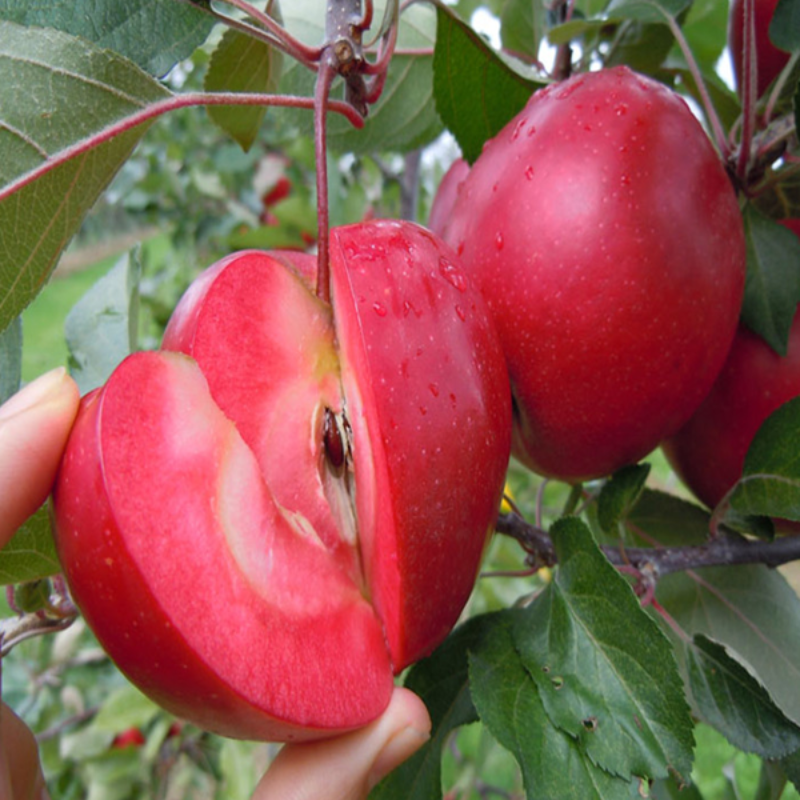- Species and varieties: Red apple trees belong to the species Malus domestica. Popular varieties of red apple trees include Red Delicious, Fuji, Gala, and Honeycrisp.
- Hybrid or heirloom: Red apple tree seeds can be either hybrid or heirloom. Hybrid varieties are often bred for specific traits such as disease resistance and improved fruit quality, while heirloom varieties are traditional cultivars that have been passed down through generations.
- Pruning and training: Pruning is essential for red apple trees to maintain their shape, remove dead or diseased wood, and promote healthy growth. Prune during the dormant season, typically in late winter. Training young trees to a central leader or open center shape can improve air circulation and sunlight penetration.
- Fertilization needs: Red apple trees benefit from regular fertilization. Apply a balanced fertilizer (such as 10-10-10) in early spring before new growth begins. Additional applications may be needed based on soil tests and tree health. Mulching around the base of the tree can help retain moisture and provide nutrients as it decomposes.
- Hardiness zones: Red apple trees are suitable for USDA hardiness zones 4-8. They require a period of cold dormancy to produce fruit, making them well-suited for temperate climates.
- Climate requirements: Red apple trees thrive in climates with cold winters and warm summers. They require full sun and well-drained soil. Adequate chilling hours (between 32°F and 45°F) are necessary for proper bud development and fruit set.




